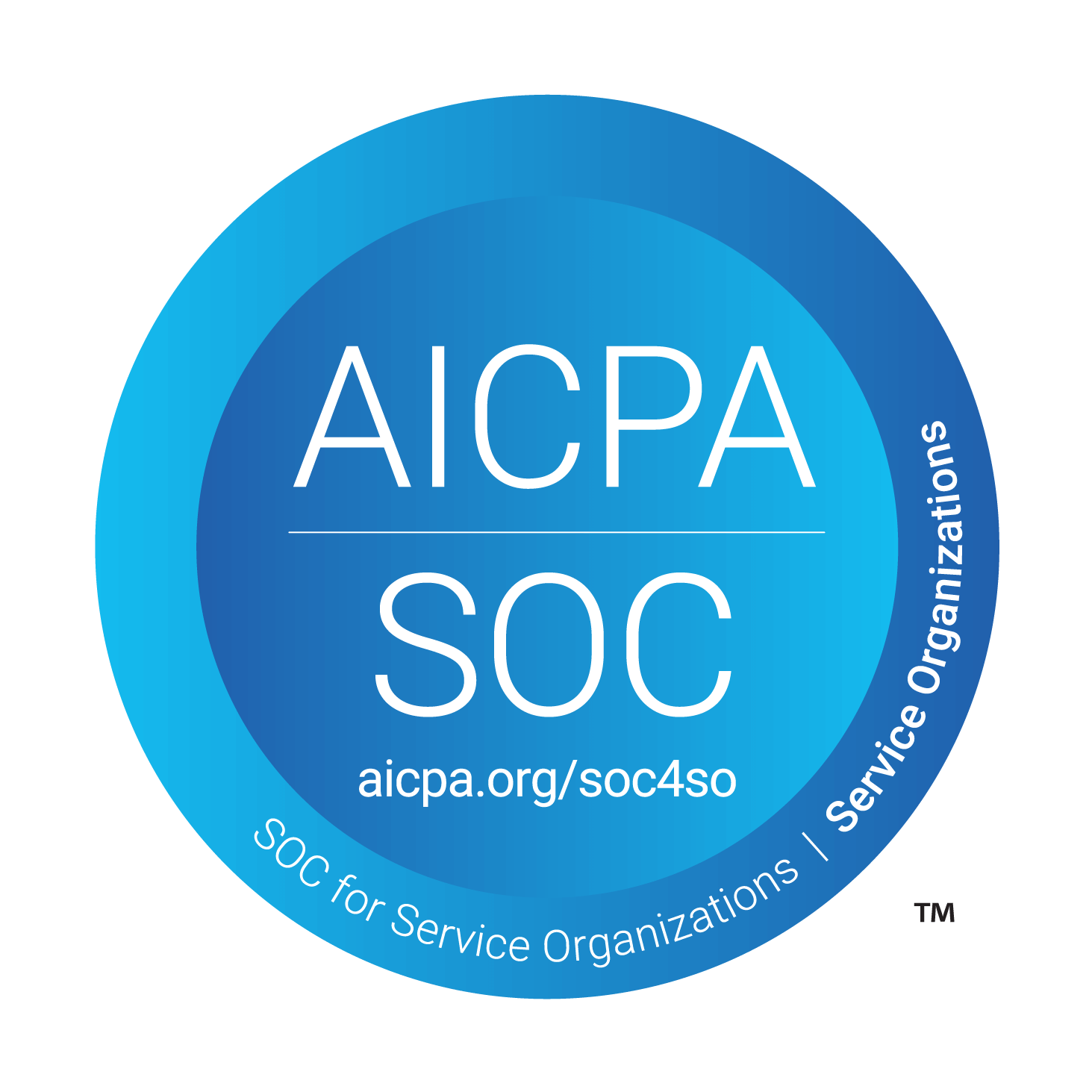Host Your Customer Community On Slack Or A Customer Community Platform?
Feb 8, 2023

Hannah Rafter
Global community manager @ Uizard
Intro
When companies start thinking about strengthening their customer relationships and building an engaged customer community, their first step is to look for the most effective tool to facilitate connection, engagement, and communication. But, before you start looking at the different tools available, you should determine how you want your community to benefit key business goals.
Most SaaS companies create and launch a customer community because they want to:
Increase customer retention
Decrease customer support cost
Now with that in mind, you should start looking for the tools that would enable you to achieve these goals as effectively as possible. Currently, there are still a lot of different approaches to how you can host and manage a customer community. This is partly because the customer community market is still young, and there is no one size fits all approaches yet. Besides, a dedicated customer community is meant to improve processes that currently already exist instead of the company not being able to function without a customer community environment.
This has created a scenario where the minimal expected value of a customer community environment is not as widely known yet. It is and remains satisfactory as long as it delivers greater benefits for customer retention and support costs than performing those processes without a customer community environment. Down the line, companies are not aware of how much they can still improve the performance of their community efforts. That shows to be particularly true when we see that:
55% of community managers state that it is currently difficult for them to consistently engage their members.
On average, only 7% of community members act and provide answers.
In this post, I will discuss the two currently most common approaches to hosting and launching a customer community environment.
Slack
Slack often comes up as the obvious tool of choice as it is widely used by companies as their internal communication tool. But is Slack the right choice for facilitating meaningful customer communication, self-support, and encouraging broader community engagement?
Pro's:
You can get started for free within minutes! Although the idea of community-led companies is all the buzz these days, sadly, not all community teams are given a healthy budget to play with. So a free familiar tool is always attractive.
Your members may already be using Slack! Slack is familiar to many internal teams and communication channels within a company. There is a very big chance that your community members will already be using Slack. Because your members are already on Slack, the barrier to entering, adopting, and coming back to your customer community will be much lower, making it easier for you to keep your members engaged and increase the performance of your customer community. Although you shouldn’t necessarily decide which tool to use based solely on whether your community already uses it, it certainly helps early adoption of your community and recurring engagement down the line.
More real time communication opportunities. it is a more direct form of communication in real-time. Instead of posting something in isolated standalone questions and answers forums, which usually have longer response times, Slack communication is more real-time (when you have good engagement), offering a better experience for your members. When run well, it can give a better understanding of personal connection within your community.
Cons:
A lack of incentive for your users to use the Slack community. Engagement in your customer community environment is not only promoted by the level of the entry and activity barrier, which, as described earlier, is very low on Slack. The other part of the engagement equation is that you also need to be able to incentivize your customers to use the community environment continuously. Only when you are able to consistently nurture the engagement of your customers in your community environment are you able to make your community efforts benefit customer retention and support costs. You provide direct user incentives by hosting most customer processes and interactions in your customer community environment. This ensures your community's adoption and ensures that your users will return to your community. You can provide these incentives by integrating and centralizing customer interaction efforts, such as direct support, your knowledge base, help center, and product feedback loops. By including these in your customer community environment, you make your community the starting point of every interaction that your customers will have with the brand and it increases the benefits of your community on customer retention and support costs. However, this is something that is not possible on Slack.
Slack’s paid plan is expensive. The paid plan can be costly at a price starting at $7.25 per member per month, especially as your community grows. Imagine if you're trying to host a customer base of 10,000 users in your community environment. Although they offer a free version, you can only search for up to 10,000 messages. This is a significant downfall as previous discussions and conversations are the gold dust for every customer community when members try to find answers to their questions.
You cannot measure community performance and KPI’s. You cannot measure the performance of your community and the effect that it has on your customer retention and support costs. Especially when trying to communicate the fruits of your community building labor and getting your bosses to prioritize community, this is a huge downside.
Limited management and moderation functionality. At present, Slack has no moderation tools. Apart from deleting posts, there is no way to handle and moderate content from members to ensure your community remains safe, inviting and a supportive space catered to the needs of your members.
Limited ability for gamification. Slack does not allow you to gamify the experience of your community for your members.
Depending on the stage of your company, Slack might be an easy way to run some beta tests to see how your community behaves. Think of Slack as a potential test run, to see how things go before you invest in a dedicated community platform. It will be a cost-effective way to show proof of concept.
A customer community platform
A standalone community platform (meaning a self-owned and white-labeled community environment) is the other most common route in launching a customer community. These are platforms dedicated to helping community teams do their job.
Pro's:
Dedicated community management, moderation, analytics, and gamification functionality. Most community platform solutions out there are focused on providing you with the right functionality needed to manage your customer community as effectively as possible. You can easily moderate content and members, you can get insights in the performance of your community, and gamify the experience for you and your members. In turn, it allows you to keep your community valuable, engage members, and test which community management practices are increasing your community’s performance. It is encouraging to see more and more community managers being able to access data and metrics that show the fruits of their labor.
The ability to customize your community environment. Many community platform solutions on the market want to ensure your community looks are mirroring the look and feel of your organization, through branding and whitelabeling.
Your company owns the community environment. This ensures that your company owns the data of your members and makes you independent of other platforms (e.g. Slack, Facebook & LinkedIn) that might change their approach to their group or community functionality and the management capabilities at any time.
The ability to integrate your resources. Some of the solutions out there, allow you to integrate your knowledge base and other resources in the community environment.
Cons:
There is a high barrier to entry and activity retention. It takes a lot of steps for your users to be able to interact with your community, since it is hosted on a platform where they are not usually located. This is a big factor in the difficulty to drive engagement in a community in a stand-alone environment. On top of that, you are now battling with a growing amount of communities that are trying to cultivate the engagement of your users to their isolated and high barrier stand-alone environment as well. Your members are going to have to maneuver between more and more different and isolated environments, creating friction and less engagement for these communities overall.
There is a lack of incentive for your users to use the community. As with a Slack environment, existing stand-alone white-label solutions do not allow you to integrate most of your customer process. As stated before, engagement in your customer community environment is not only promoted by the level of the entry and activity barrier, which, as described earlier, is very high for these standalone community environments. The other part of the engagement equation is that you also need to be able to continually incentivize your customers to use the community environment. Only when you are able to consistently nurture the engagement of your customers in your community environment, you are able to make your community efforts benefit customer retention and support costs. You provide direct incentives for your users by hosting most of your customer processes and interactions in your community environment. This ensures the adoption of your community and also makes sure that your users will come back to your community. Remember, when you provide your members with value, they will come back! Providing these incentives by integrating and centralizing customer interaction points, such as direct support, your knowledgebase, help center, product feedback loops and customer onboarding, into your customer community environment, makes your community the starting point of every interaction that your customers will have with the brand and it increases the benefits of your community on customer retention and support costs. This is something that is limited or not possible with the currently existing standalone community platforms.
Can be very expensive. Most of the standalone community solutions out there are enterprise focused, and therefore come with an enterprise pricing, starting somewhere around $30k per year. If you are an enterprise, with more advanced needs, finding a dedicated community platform may be the way to go. No matter your community strategy, your team’s goals or your broader organization key business goals – you can achieve great things using Slack, a dedicated community platform, or in fact with no platform.
What can we learn from this trade-off?
To drive engagement and keep on driving engagement in the future with more and more SaaS companies trying to cultivate the engagement of the same users to their stand-alone environment, you will have to find out where your members are most comfortable, what platforms they are already on and which of those platforms have core customer community functionality that will support you in your specific community goals. But, Slack is missing key functionality to incentivize your users to adopt and comeback to your community and core community functionality (management, moderation,analytics, and gamification). All the while, standalone community platforms are missing core engagement nurturing aspects that allow for your community to have a low barrier to entry & activity retention and to consistently incentivize your users to adopt and come back to the community.
This means that there is a real gap to be filled. A solution that combines the engagement benefits of Slack with its low barrier to adoption and activity retention of a platform where your users are already on, with the engagement benefits of a standalone customer community solution through core community functionality and features (management, moderation, analytics and gamification), plus the ability to incentivize your users to stay engaged with your community by integrating and centralizing your customer processes.
What is for certain, with time, investment, and thought, community leaders are trying to grow and improve this field. The earlier you start investing in community building, the more benefits you will reap down the line.





